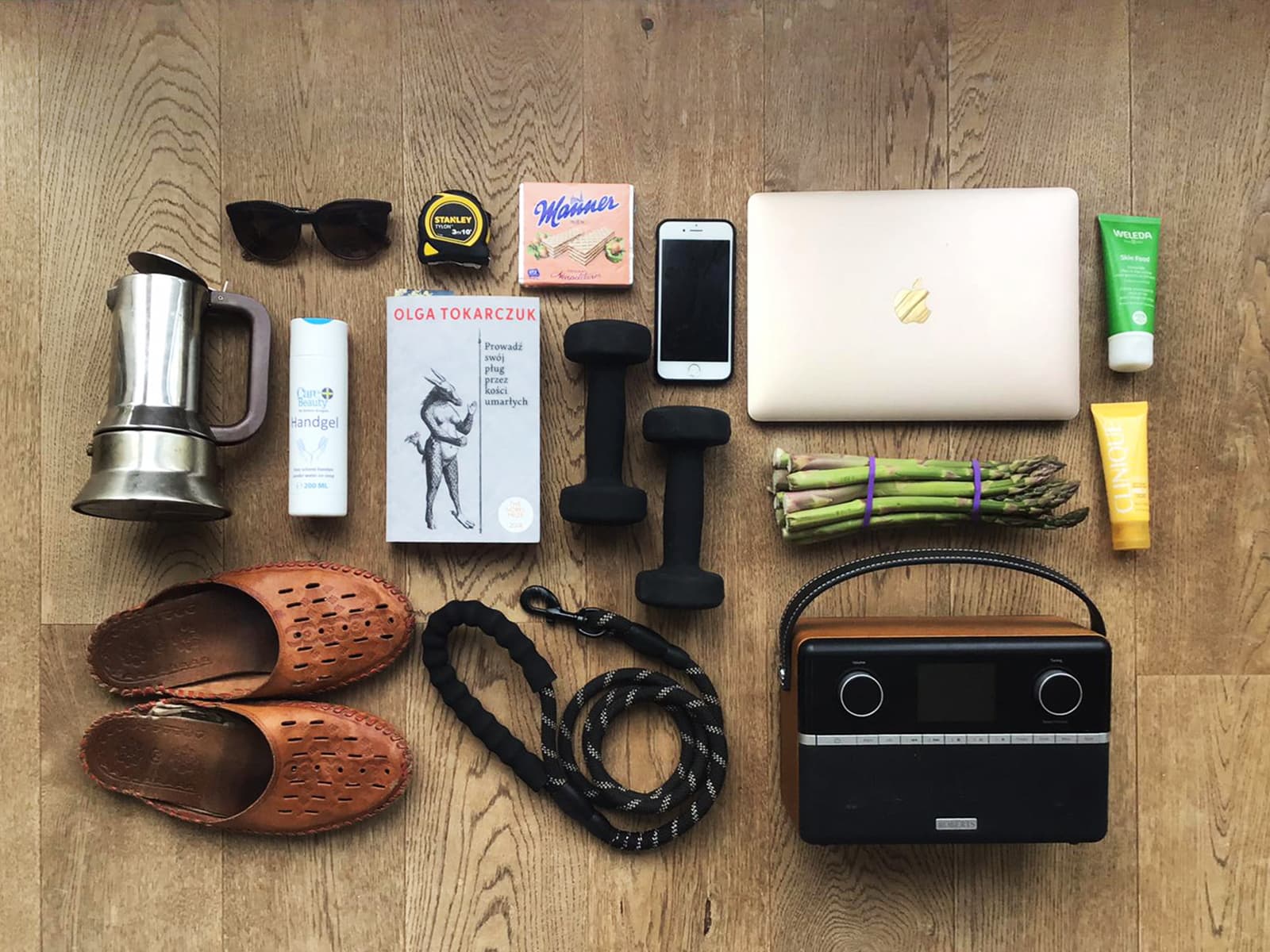
Everything we touch in quarantine
Paula Zuccotti has a formula: she combines her training in industrial design with ethnography and world travel. She seeks to understand almost any person or community. Throughout the years of working privately and on personal projects, Paula learned to observe from other people’s eyes: “It is not about understanding the other, but about understanding how the other understands,” she quotes. And she reflects: “The vision is enriched all the time by seeing things as a family sees them in India, in Russia, in China, in Brazil”
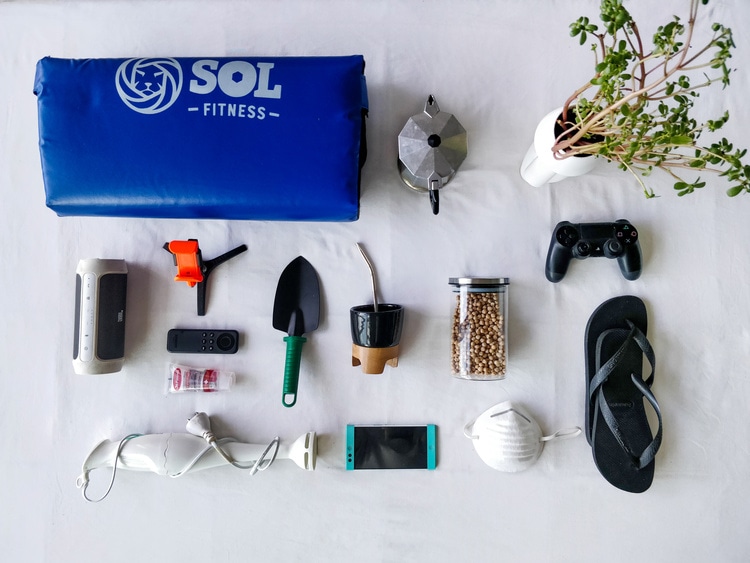
Agustín Folino, Buenos Aires, Argentina
She is the author of Every Thing We Touch (Todo lo que tocamos), a book in which with a single photograph of objects, she tells the daily lives of different people in different countries. When that archive began to grow, Paula wondered: what will the next generations understand when they study our objects? How will they imagine that we were? What will they conclude that we do, what are our “habits, needs and desires”? Thus she began her first documentary Future Archeology, which she defines as a “time capsule of lives.”
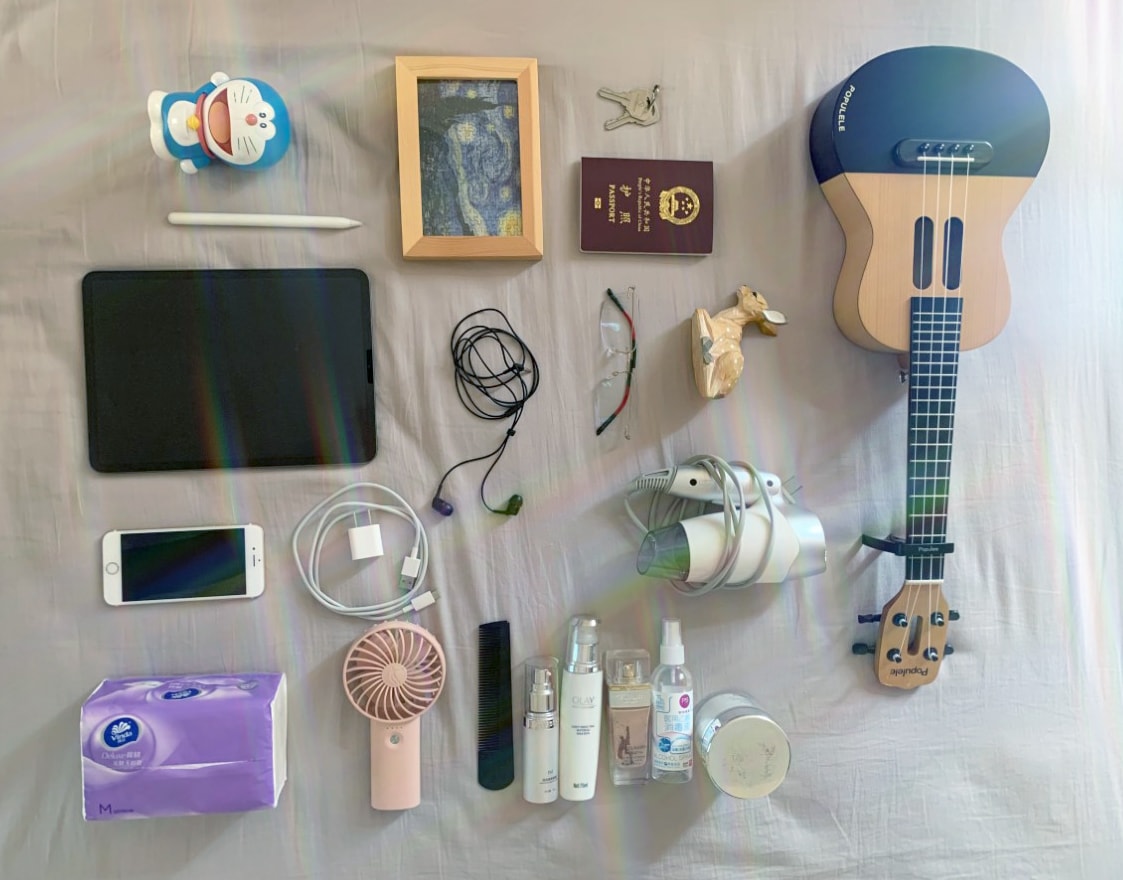


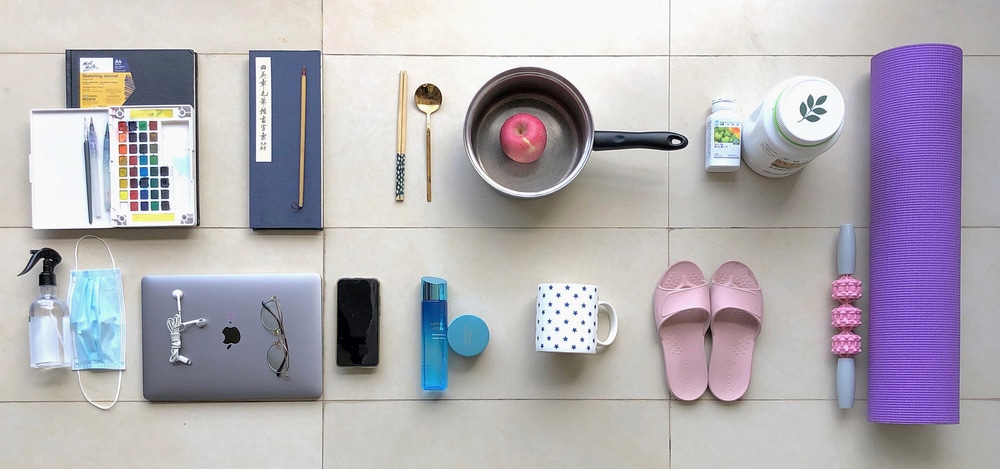
When on March 11, 2020, the WHO classified the coronavirus disease as a pandemic, everyone’s life stopped. Paula’s, who is Argentine and now lives in London, too. From the most disconcerting quarantine, she shared a photo of her on her Instagram. It was one of the 15 objects with which she survived the confinement:
“What do an orange, a bottle of wine, a kettlebell, kefir grains, a sage stick, a candle, Florida Water, garden seeds, and a vinyl have in common? These are part of my COVID-19 essentials. What are yours?” she wrote.
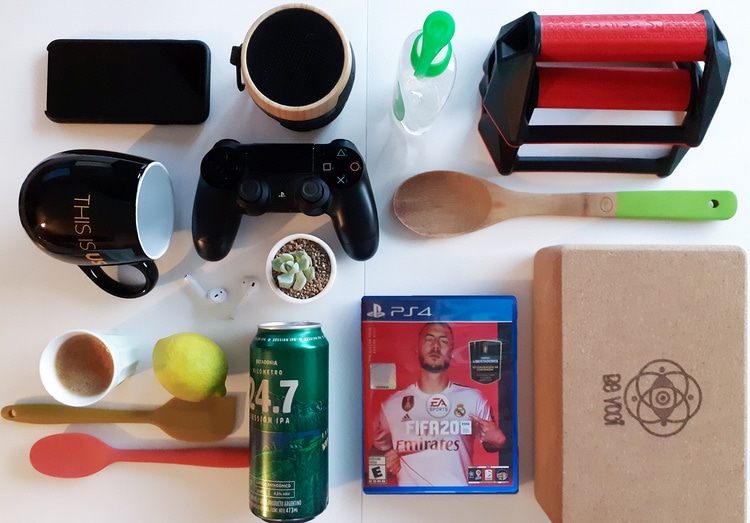

She had realized that “the things that had become essential at the object level were not the same as two weeks ago.” The post began to travel through a hashtag and thus Lockdown Essentials was born. She received images that different people had selected from Turkey, Bulgaria, China, Ghana, Germany and more. The result was “Future Archeology of a global lockdown”, an archive that already has more than a thousand images from fifty countries.
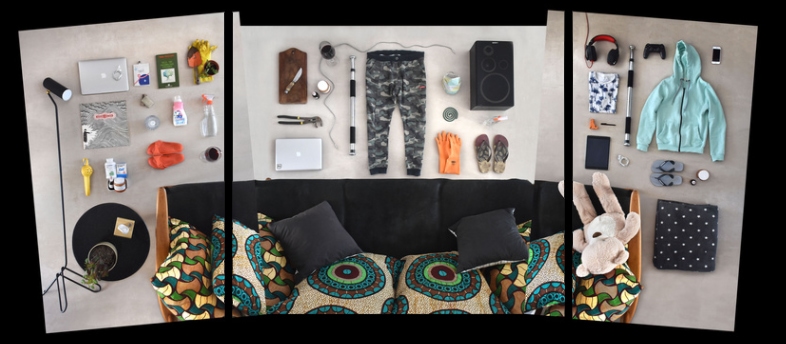
Familia Oliveros – Mata
How was your training?
It is a very particular path, one thing led me to another. I studied industrial design at the Universidad de Buenos Aires (Argentina) and later I won a scholarship to do a postgraduate degree in design, strategy and innovation from the University of Brunel, United Kingdom. The focus of the graduate program was the design process. Through that I began to get involved with research tasks and to see how I could apply research to design. There I discovered ethnography.
I noticed that very few companies sent anthropologists to Asia or Africa to understand cultures, to design products not only with a mindset from America to the world, but understanding the cultures of others. That amazed me and I said “this is what I want to do”, because it linked everything that interested me in design, which was culture, objects, use, habits, emotions: how people relate to daily activities , with everyday things, simple. I had the opportunity to do it for a design studio (Seymourpowell) and worked for global clients for 12 years. At one point I decided that I did not want to have the filters when you work for brands, I wanted to see life as it is, with more normal lenses. I started working independently.
There is a phrase that is: it is not about understanding the other, but about understanding how the other understands. For me it is incredible because there is a lot of perspective left, your vision is enriched all the time by seeing things as a family sees them in India, in Russia, in China, in Brazil and seeing things in that place.
From there came the book Every thing we touch, in 2015, which brings together stories of people in the world told from all the objects of daily use: everything they touch from the moment they get up until they go to sleep. The interesting thing is that it has everything. You can have the dress that you wanted to wear, but next to that is your tablecloth and ladle, it’s like it is leveled. It is a more honest X-ray of your life.
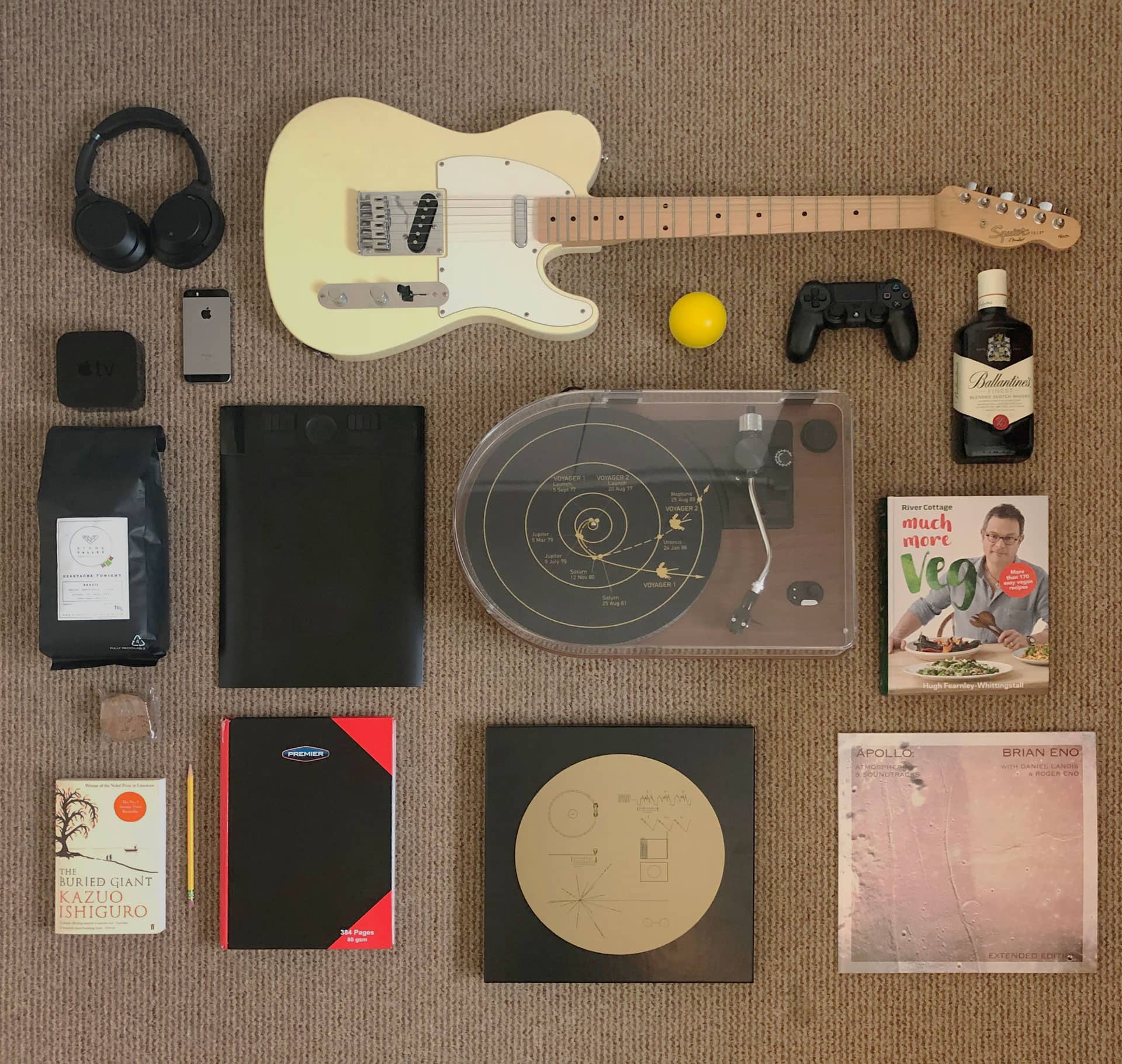
Once it became a book, that gave me the ability to take many more of these photos. For example: I did in Jerusalem a day in the life of five people who are from completely different parts of the city. People who would not cross, but I crossed them all the same day in a facility. So I was an Orthodox Jew, a Palestinian, a person from East Jerusalem … Later, in Dubai, I did one where the angle was to photograph multiculturalism. The idea was to see how your culture and the culture of the place where you live are mixed in a photo. So I was still producing beyond the book.
I began to realize that, in reality, what I was doing was a time capsule because the first photos I took were in 2013. I could look back and say “those computers no longer exist, those shoes are no longer used. “Or” that has already happened “,” those objects are already obsolete “. People no longer use the alarm clock, the remote control almost nothing, the CDs no longer appear, the money in cash does not go either.
I started to play with the idea of Future Archeology, because everything we know about ancient civilizations we know thanks to the objects that we find. Sometimes, when we do not understand them, it is because we lack objects to understand how they knew this, how they hunted that, how they ate, and so on. So I thought: if someone in the future has to understand us as a civilization based on what they see of what we play, what will they understand and what not.
How was the bridge with Lockdown Essentials?
When the quarantine came, in March 2020, it happened to me – like everyone else – that it totally changed my lifestyle. All the projects I had and the trips were canceled and seemed, suddenly, a little irrelevant. The change in my life was reflected in everyday objects. Suddenly, the things that had become essential on an object level for me were not the same as what I used two weeks or a month ago. It occurred to me to put the question on Instagram, photograph my 15 objects and ask the others if the same thing happened to them.
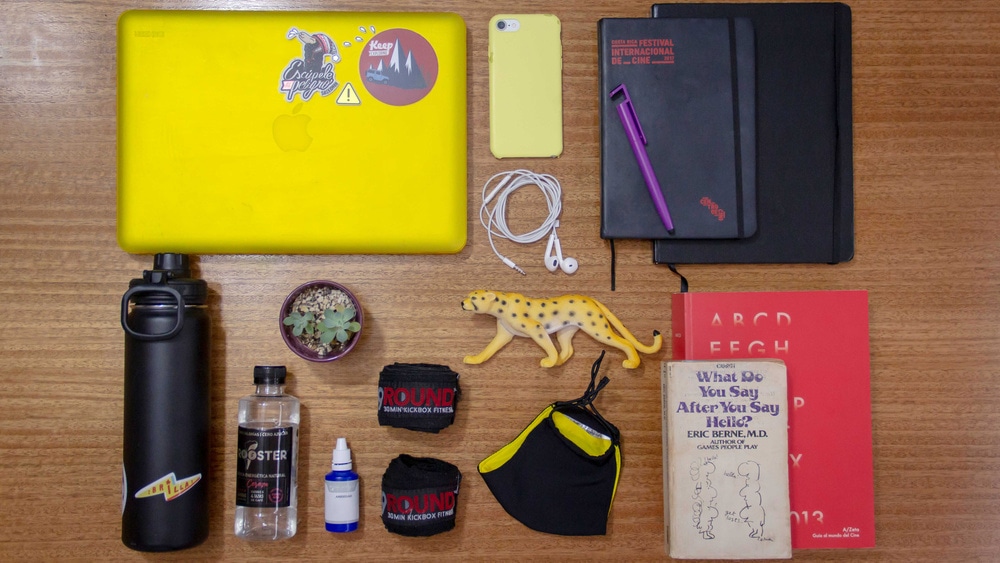
Gimena Cortés Ramírez (part of a family set The Cortés Ramirez)
San Jose, Costa Rica
Did the answer surprise you? It was a lot of people, right?
Yes very much. The first 15 were friends, but since I had put a hashtag on it, he started traveling and there I started collecting stories three degrees apart from me.
I was amazed at how we were all so alert and open and listening so much. I put a question in April 2020 and people had the ability to listen, relate and the need to communicate with others and generate community. That need and that hunger to understand what was happening to us. There were many people consuming news, sharing stories, and paying attention. We might not be paying as much attention now, but at the time we were very alert.
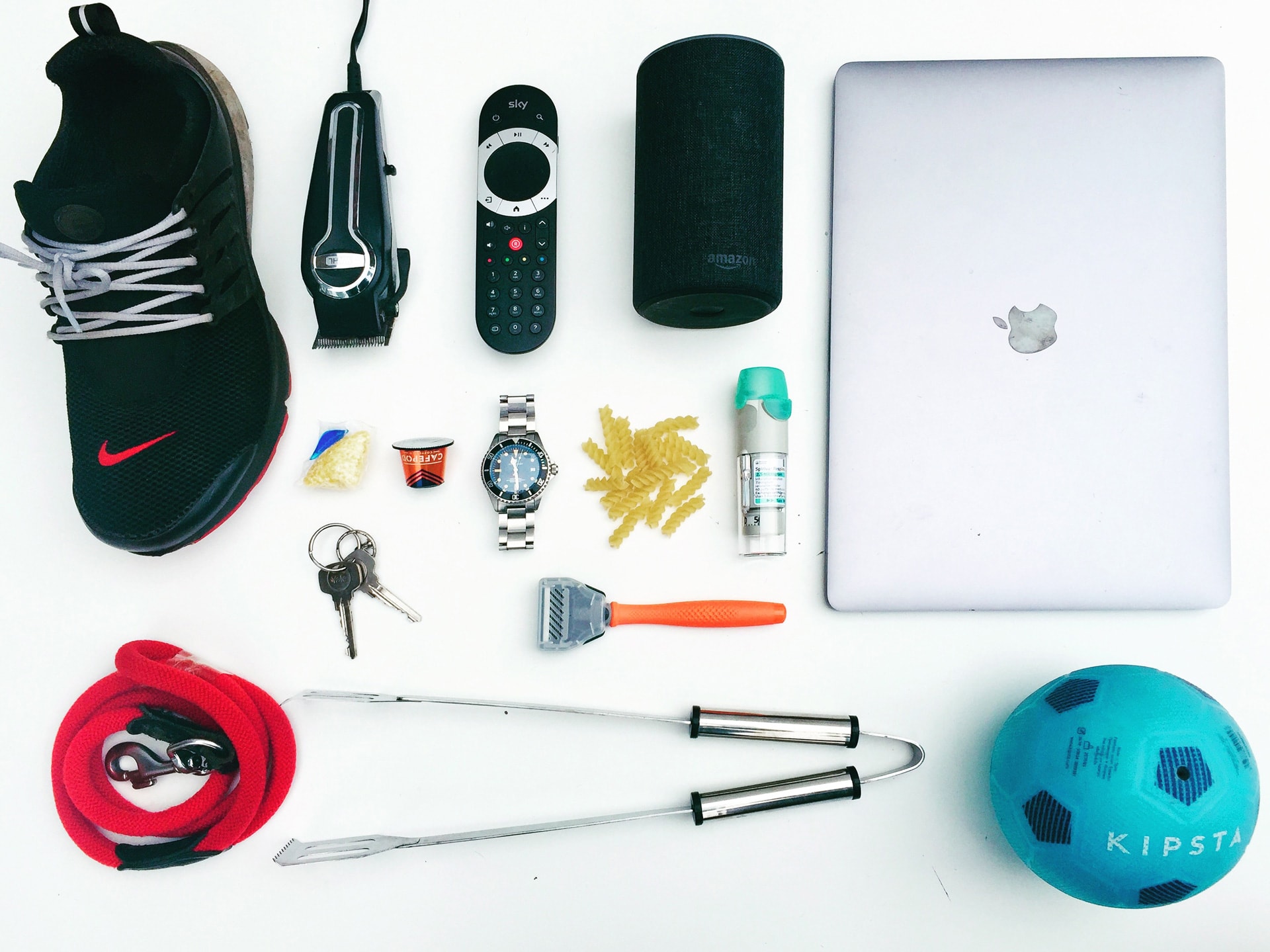
Familia Williams, Londres, Reino Unido
There were also nice things about how people had to readjust. Some brothers in Santa Fe who made gym weights with a broomstick and some bottles with sand in them. Suddenly, it was like we stayed like when the music stopped at the chair dance. Well, at that moment everything stopped. What did you keep? That can be read in all the photos.
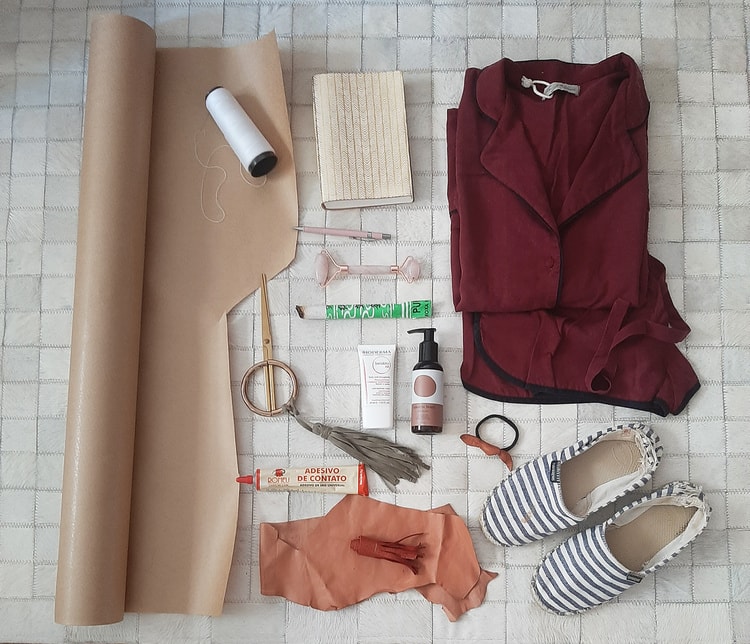
Lala Barros, Brazil, Sao Paulo
A lot of awareness, a lot of people realizing things. For example plants, but not only talking about plants but people who said: “This is the first time I see them grow, it is the first time that I pay attention to this type of thing.” That connection that we lacked so much appeared.
People in the photographs put the sun’s rays into the house and said: “now I understand what time the sun comes through my balcony.” Things so human, so basic, connected with your environment and that we had not registered. Then, everything technological: the computer and headphones are key for coexistence and for everyone to get things done.
Is the project still open?
Yes, you can email me at info@lockdownessentials.org. The other day a boy contacted me from Vietnam and said: “I see you don’t have Vietnam on your website, I love the project, can I share it with my friends?” I said yes, they would send me and I would upload it. As long as there are quarantines and people want to participate, I welcome it. I would love to be able to make an exhibition later, publish it as a book, or for the trip to come to life outside the web.


